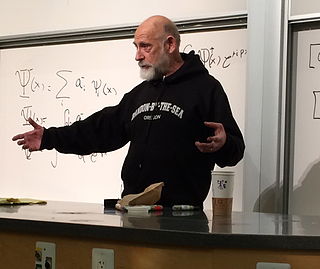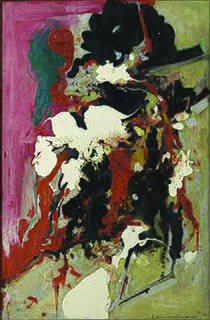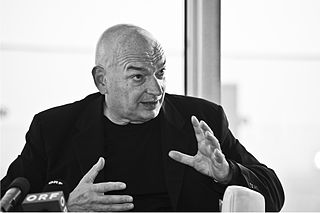A Quote by Paul Virilio
However, the Kosovo War took place in orbital space. In other words, war now takes place in 'aero-electro-magnetic space'. It is equivalent to the birth of a new type of flotilla, a home fleet, of a new type of naval power, but in orbital space!
Related Quotes
In my earlier paintings, I wanted the space between the picture plane and the spectator to be active. It was in that space, paradoxically, the painting 'took place.' Then, little by little, and to some extent deliberately, I made it go the other way, opening up an interior space... so that there was a layered, shallow depth.
World War Two was a world war in space. It spread from Europe to Japan, to the Soviet Union, etc. World War Two was quite different from World War One which was geographically limited to Europe. But in the case of the Gulf War, we are dealing with a war which is extremely local in space, but global in time, since it is the first 'live' war.
The United States, Russia, and China are the only three countries in the world that can launch astronauts into space. Mostly in the U.S. you see some companies trying to launch private commercial people into space, but nobody's done it yet. The only private vehicle that's made it into space so far is Spaceship 1 in 2004, and that was an effort that was funded by one of the Microsoft founders, and he spent about $20 million to develop this spacecraft to do a sub-orbital flight. And it's not the same as going into orbit, but it was a huge first step.
For AERO, I wanted to revisit in 5.1 some existing tracks in order to give them that space I had imagined when I originally composed them, and also to compose some new tracks for this new technology. All of the existing tracks in AERO have been performed with the original instruments, re-recorded and spatially arranged/spatialised for this new dimensional sound experience without betraying their very essence.
For me space rock is something that takes you out of yourself and out of your normal realm. And if space happens to be that inner space or outer space it's a very personal thing. I think that mantra is space music. I think that Native American tribal drumming is space music. Anything that allows you to go inward to go outward and to move within a space that is not normal to your reality.




































